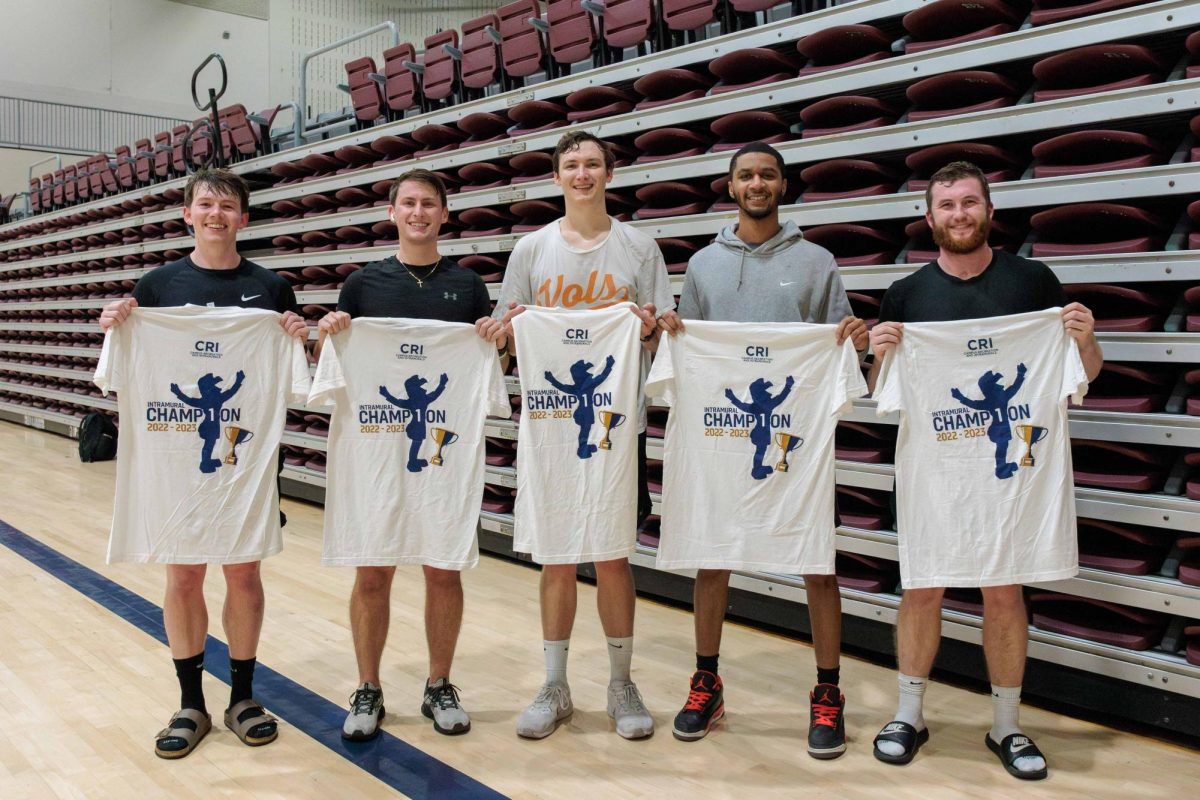GSU hires 25 advisors to better aid students
August 26, 2013
The new school year brings a change in the advisement process for Georgia Southern University students.
GSU hired 25 professional advisors to start working directly with students and help them understand what their specific responsibilities are.
“We are really trying to increase the contact that students are able to have with advisors, decrease the time it takes for you to see an advisor, and to ensure the accuracy of advising because you have that direct contact,” Jean Bartels, Ph.D., provost and vice president of Academic Affairs, said.
The idea for the additional amount of professional advisors has been in the process for the past few years.
“We were really trying to keep the ratio of students and advisors to the ratio recommended by the National Advising Association which is something like 300 to 1,” Bartels said.
The 25 new advisors were distributed to the colleges with the most need for professional advisors.
“[Professional advisors] are people who have experience with advising and with understanding programs of study,” Bartels said.
“I think because we have professional advisors who are up to date and knowledgeable about the programs of study for their majors, this also frees up time for the faculty members to be back in the classroom teaching and doing research and being mentors to our students,” Lisa Vance, director of the College of Science and Mathematics Advisement Center and pre-health professional advisement, said.
The qualifications for advisors have always been the same, the university is now just referring to them in terms of what they do, Bartels said.
The Board of Regents provided GSU with the funding to expand the advisement program, Bartels said.
“As enrollment goes up you need more manpower, and so the university feels that this is so important to help students succeed and keep the number of advisees to the advisor ratio down; you know we really needed more advisors,” Vance said.
There is not a set number of times that a student must meet with their advisor over the course of the semester, nor is there a set amount of time that a student must spend in an advising session, Bartels said.
“Our major objective here is to be able to facilitate the students’ experience with getting the courses that they need to take in the right sequence, to make sure they are on target, that there aren’t any mistakes in the way their program of study is laid out for them, they have a smooth transition and they are able to progress well through their program of study and graduate in a timely fashion,” Bartels said.
The needs of at-risk students were also addressed with the additional advisors, providing those students with more personalized attention that they may not have received previously.
“Every advisement center got an advisor for intervention to really be the advisor for at-risk students and to help guide them so that they can be successful,” Vance said.
Along with the increase in the number of advisors, there is also a plan to start using faculty for advising in a different capacity.
While the professional advisor would be used for receiving a student’s RAN and understanding which courses to take in which semesters, the faculty advisor would be used as more of a career advisor for students, Bartels said.
“We want students to still be involved and still have access to their faculty members but we’re here to do the guiding on the class selection, careers and find the extra learning opportunities as far as programing goes,” Vance said.
Each college operates its advisement center in its own way while following a similar system.
Some colleges have professional advisors that work with a student through all four years with a faculty advisor as just an additional resource, while other colleges have a professional advisor stay with a student for the first two years and then the student is then shifted to a faculty advisor.
Bartels said, “I think we are going to see more shift towards professional advisors for all four years and then the faculty having a different role being able to do different things with students that are much more helpful to a student. But again that will vary from college to college and probably will for some time.”








